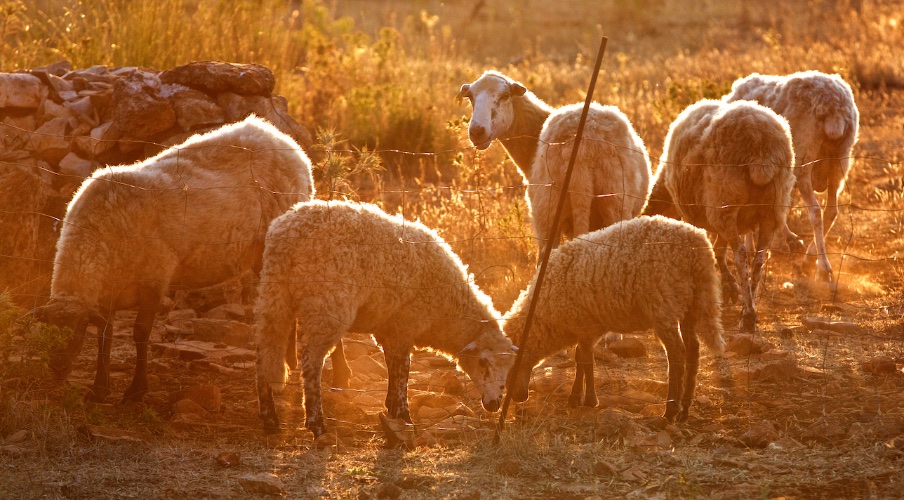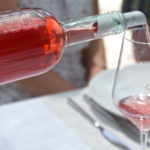Dalmatia - the heart & soul of the Croatian wine Renaissance
On this exclusive wine journey, you’ll discover the ancient and new methods & traditions of Dalmatian wine making – learn the secrets from wine familes dating back centuries, discover the roots of Zinfandel. . . .
Our Dalmatian Wine Experience is like going back in time 50 years with family wineries and tasting cellars scattered along the islands and coastline. You’ll taste world-class wines, sample local cuisine with private pairings, meet vintners large and small.
The southern coast, islands and hillsides, have a wide range of microclimates and a wide range of indigenous grape varietals, the best known of which is Plavac Mali. The Peljesac Peninsula (near Dubrovnik) is the Napa Valley of Croatia.
Along the way, we’ll discover the emerging renaissance in Croatian cuisine, first started in Damatia.
Meet pioneer vintners
- Meet the pioneers of the Dalmatian wine Renaissance and discover the terrain, climate and ancient vine history that makes Dalmatia region unique
- Try local cuisine, meet leading chefs and discover the emerging Nouveau Dalmatian Cuisine
- Taste unique Dalmatian varietals such as Plavac Mali, Grk & Posip.
- Experience unique gourmet wine pairings


Savor ancient Dalmatian reds
Delve into world class Dalmatian reds, Plavac Mali and Dingac – older cousin to Zinfandel.
PLAVAC MALI (literally small blue) put Dalmatia on the map as a serious wine region. It is a coastal grape, cousin to Zinfandel. There are a variety of excellent wines made from the Plavac Mali, including Dingac and Postup. The best wines of Plavac Mali usually come from south and southwest facing hillside vineyards by the sea, which provide good temperature stability and excellent drying breezes – the afternoon Maestral wind from the northwest along the coasts of Hvar and Korcula islands and the south side of Peljesac, the Napa valley of Croatia. for example. Plavac Mali wines are high in alcohol and tannins . . .
Taste Dalmatian whites for all seasons
Taste Dalmatian white wines ranging from light and refreshing to full bodied ancient varietals.
POSIP is one of our favorite whites. Posip is a light-skinned white-wine grape, grown extensively on the Dalmatian coast. It is believed to have originated in Cara on Korcula island before the 11th century. Today the Posip grape is also grown on Brac island. Cara is still the largest produce of Posip. Grgic also has a very good Posip. The grape is full and aromatic, and the wine a beautiful golden color. If you like full bodied California Chardonnays you should try the Posips. Try the Cara, Korta Katarina and Stine Posips . . .


Discover the Taste of Dalmatia
Along the way, you’ll meet the emerging Dalmatian chefs and restaurants leading the Croatian renaissance in cuisine.
Enjoy wine pairing dinners in wineries, and restaurants from hidden seaside konobas, to farm-to-table village restaurants to Michelin star on fortress walls. Soak up the local culture, history, ancient architecture and long-standing traditions carried on even today.



























































